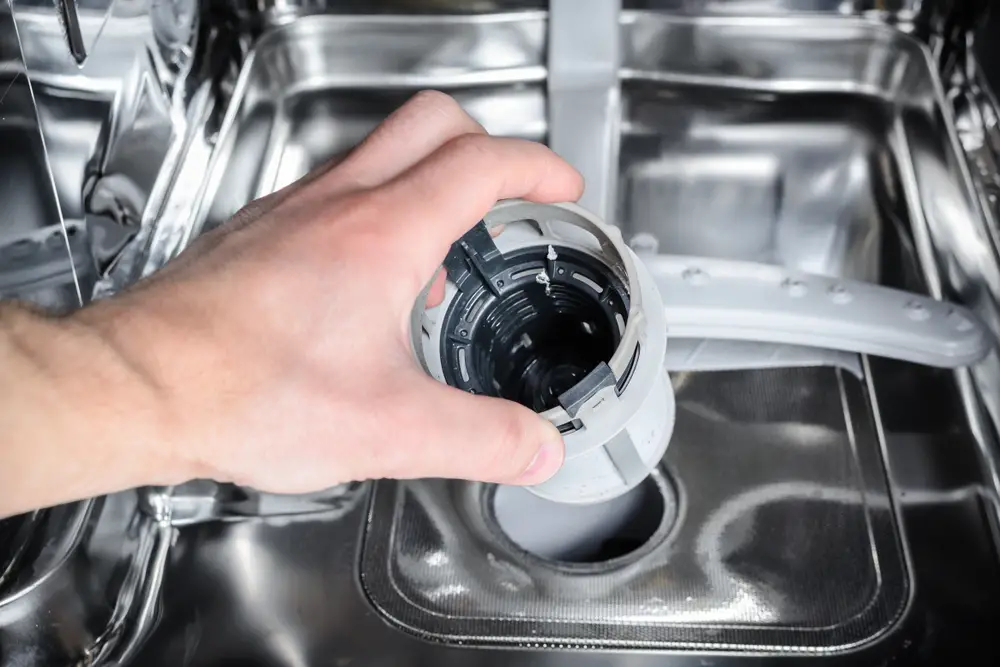Alcohol consumption has been a part of human culture for centuries, with a wide variety of alcoholic beverages enjoyed around the world. Beer and whiskey are two popular choices, each with its unique characteristics and flavor profiles. One common question that often arises is, “How does the alcohol content of one beer compare to that of whiskey?” In this article, we’ll explore the concept of alcohol equivalence and delve into the science behind it.
Understanding Alcohol Content:
Before we can determine the equivalence between beer and whiskey, it’s essential to understand how alcohol content is measured. Alcohol by volume (ABV) is the standard unit used to express the concentration of alcohol in a beverage. ABV is expressed as a percentage, indicating the volume of pure alcohol in the total volume of the beverage. For instance, a beer with an ABV of 5% means that 5% of its total volume is pure alcohol.
Beer vs. Whiskey:
Now, let’s compare beer and whiskey in terms of their alcohol content:
Beer:
Beer is typically lower in alcohol content compared to spirits like whiskey.
The ABV of beer can vary widely, ranging from as low as 3% for light beers to around 12% for some craft and specialty brews.
Most standard beers, like lagers and ales, have an ABV ranging from 4% to 6%.
Whiskey:
Whiskey, on the other hand, is a distilled spirit, and its alcohol content is significantly higher than that of beer.
The ABV of whiskey generally falls between 40% and 60%, depending on the type and brand.
For example, bourbon whiskey typically has an ABV of around 45-50%, while Scotch whisky can vary from 40% to 60% ABV.
Calculating Equivalence:
To determine the equivalence between one beer and whiskey, we need to consider the alcohol content of both and the standard serving sizes. A standard serving of beer in the United States is typically 12 fluid ounces (355 milliliters), while a standard serving of whiskey is 1.5 ounces (44 milliliters).
Let’s calculate the approximate equivalence:
Beer with 5% ABV:
One 12-ounce beer contains approximately 0.6 ounces (17.7 milliliters) of pure alcohol.
Whiskey with 45% ABV:
One 1.5-ounce serving of whiskey contains approximately 0.675 ounces (19.9 milliliters) of pure alcohol.
Based on these calculations, we can estimate that one standard 12-ounce beer is roughly equivalent in terms of alcohol content to a 1.5-ounce serving of whiskey. However, it’s important to note that individual preferences, tolerance levels, and the rate of consumption can vary widely among individuals.
Factors to Consider:
While the alcohol equivalence calculation provides a general guideline, there are several factors to keep in mind:

Variability in Alcohol Content:
Different beers and whiskey brands can have varying ABV levels. Always check the label for accurate information.
Rate of Consumption:
How quickly you consume alcoholic beverages can affect your blood alcohol concentration. Sipping whiskey slowly is different from drinking a beer rapidly.
Personal Tolerance:
People have different tolerances to alcohol, which can depend on factors such as body weight, metabolism, and overall health.
Mixing with Other Ingredients:
Cocktails and mixed drinks can contain both beer and whiskey, further complicating the calculation of alcohol equivalence.
The equivalence between one beer and whiskey can be estimated based on their respective alcohol content and standard serving sizes. On average, one standard 12-ounce beer is roughly equivalent in alcohol content to a 1.5-ounce serving of whiskey. However, it’s essential to drink responsibly, be aware of your own tolerance, and understand the variability in alcohol content among different beverages. Whether you prefer the refreshing taste of beer or the bold flavors of whiskey, moderation and responsible consumption should always be the priority.
The Effects of Alcohol Consumption:
While understanding the equivalence between one beer and whiskey is informative, it’s equally important to recognize the potential effects of alcohol consumption on the body and mind. Regardless of whether you choose beer or whiskey, excessive or irresponsible drinking can have serious consequences. Here are some key points to consider:
Blood Alcohol Concentration (BAC):
The BAC measures the amount of alcohol in your bloodstream and is influenced by factors like the quantity and speed of alcohol consumption.
High BAC levels can impair coordination, judgment, and reaction times, increasing the risk of accidents and injuries.
Health Risks:
Long-term excessive alcohol consumption can lead to a range of health issues, including liver disease, heart problems, and an increased risk of certain cancers.
It can also contribute to mental health concerns like depression and anxiety.
Responsible Drinking:
Always consume alcohol responsibly, knowing your limits and recognizing when it’s best to abstain from drinking altogether.
Never drink and drive, and be mindful of the legal drinking age and regulations in your country or state.
Moderation:
Whether you’re enjoying a beer or sipping whiskey, moderation is key to a safe and enjoyable drinking experience.
Alternate alcoholic beverages with non-alcoholic ones to stay hydrated and reduce the overall amount of alcohol consumed.
Individual Factors:
Remember that individuals react differently to alcohol based on factors such as age, gender, genetics, and overall health.
If you have any concerns about your alcohol consumption, consider seeking advice from a healthcare professional.
Popular Choices for Different Occasions:
While both beer and whiskey have their merits, they are often chosen for different occasions and settings:
Beer:
Beer is a versatile and social beverage, commonly enjoyed at gatherings, sports events, and casual outings.
It comes in a wide range of flavors and styles, making it suitable for various tastes and preferences.
Craft beers and microbreweries have expanded the diversity and quality of beer choices.
Whiskey:
Whiskey is often savored as a sipping spirit, appreciated for its complexity and depth of flavor.
It’s a common choice for more formal occasions, whiskey tastings, or when seeking a contemplative drinking experience.
Whiskey connoisseurs appreciate the aging process and craftsmanship involved in its production.
The question of “1 beer equals how much whiskey” can be answered by considering the alcohol content and standard serving sizes of both beverages.
On average, one standard 12-ounce beer is approximately equivalent in alcohol content to a 1.5-ounce serving of whiskey. However, responsible drinking and understanding the potential effects of alcohol on your body and mind are essential.
Whether you prefer the refreshing effervescence of beer or the rich complexity of whiskey, the choice ultimately depends on your personal taste and the occasion. Enjoying alcoholic beverages in moderation and with mindfulness ensures a safer and more enjoyable experience. Remember that the enjoyment of alcohol is not just about the quantity consumed but also about appreciating the flavors and social aspects that these beverages offer.


















